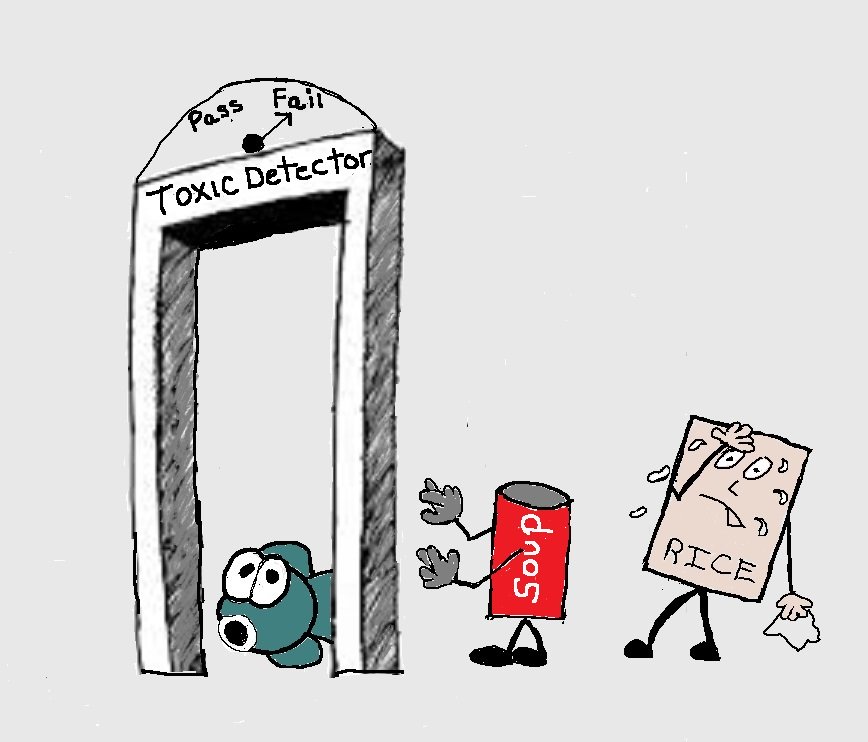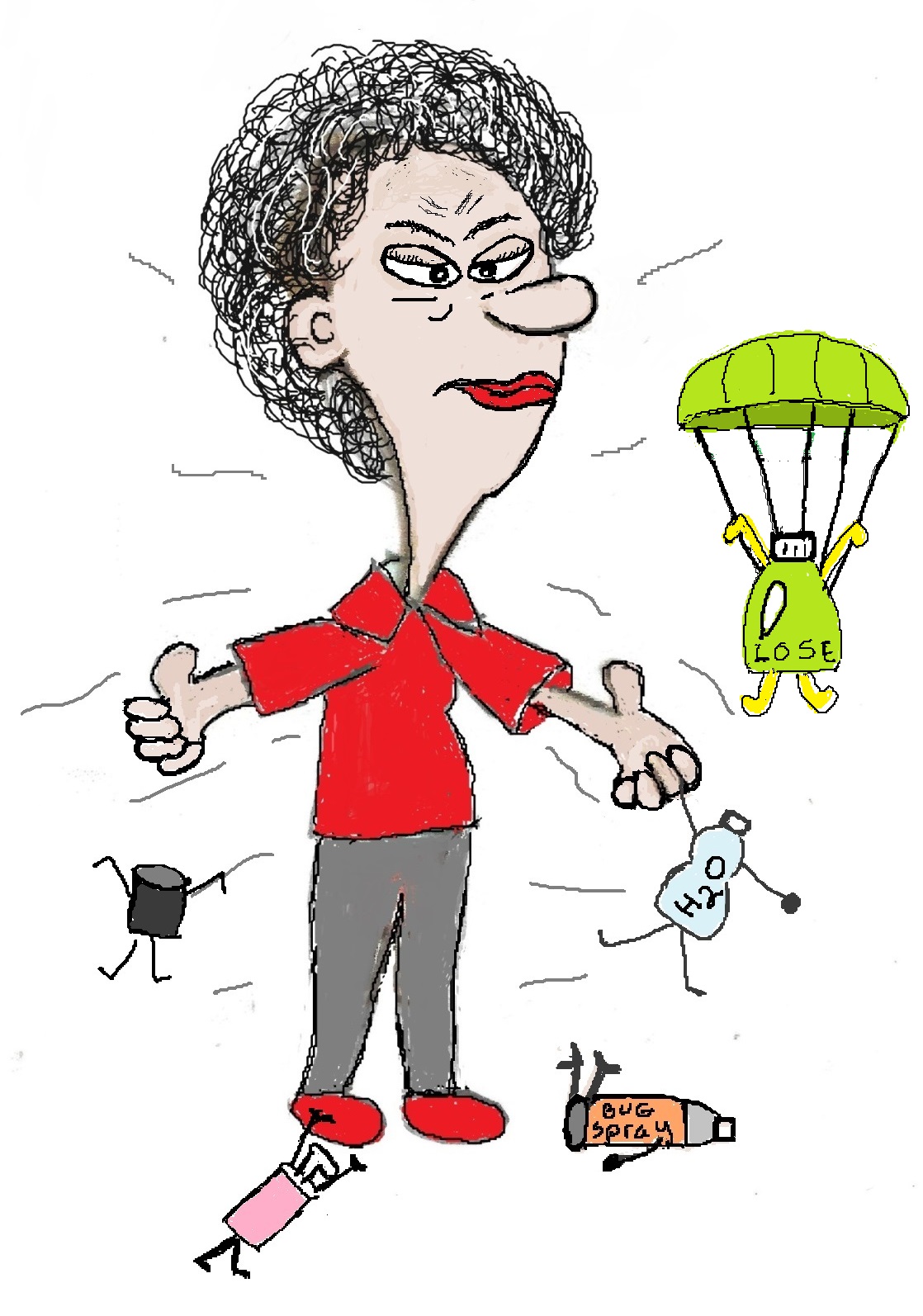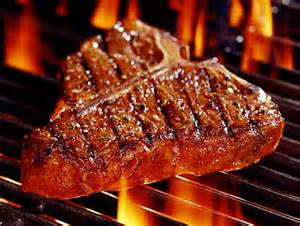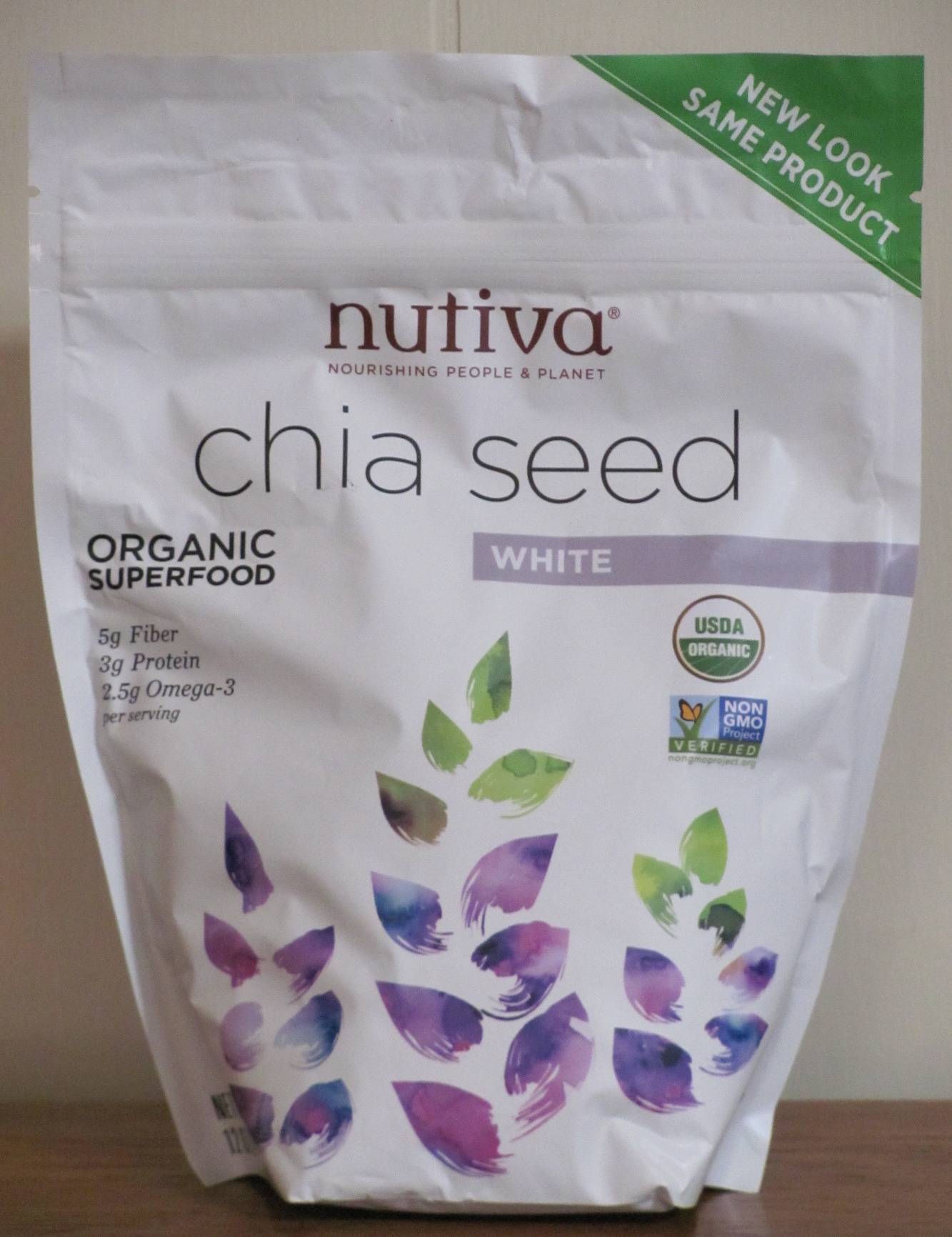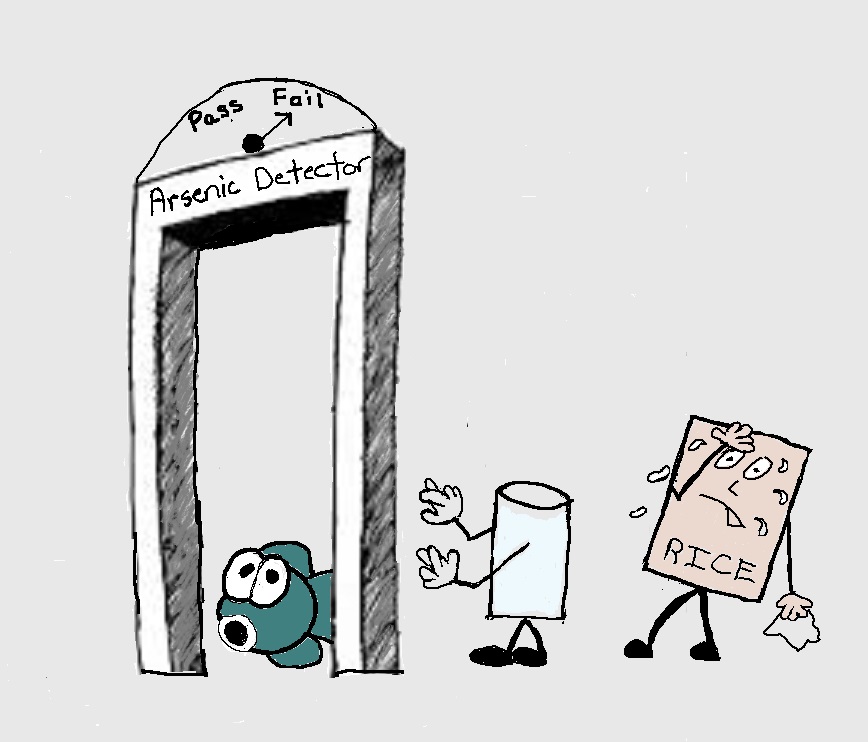- Home
- Toxic Chemicals in Food
- Is Silicone Cookware Safe
Is Silicone Cookware Safe?
Do you have questions about silicone cookware? It’s quickly becoming a popular alternative to nonstick metal cookware. But - Is silicone cookware safe? Or is it as toxic as Teflon and Teflon 2.0?
Silicone rubber is touted as a stable, inert material made from sand. That sounds pretty safe right? Yet thousands of you are asking Google every month if silicone cookware is safe?
Maybe it’s something about the way it feels and smells and how plastic-like it is that makes you wary of using it for cooking. And based on the number of Google searches, many of you feel the same.
So I dug deep, really deep, through the scientific literature to find studies that answer the safety question. Specifically I wanted to know – Do chemicals move or migrate from silicone cookware into food? In what amounts do they migrate and are the chemicals that migrate toxic?
And there are recent studies that answer these questions. But first let me answer another common Google question. What is silicone?
What is Silicone?
Silicone is a synthetic polymer with rubber-like characteristics. Another name for silicone polymer is polysiloxane because it’s made up of repeating chains of siloxanes.
Siloxanes are made from silicon (extracted from sand) and oxygen. In chemistry speak it is a silicon-oxygen backbone with different side groups attached to the silicon. Siloxanes may be low molecular weight, medium weight or a high molecular weight. They are also identified by structure, either cyclic or linear.
There are a lot of different types of siloxanes. And they’re found in everything from deodorant, conditioner and make-up to cleaning products, electronics and cookware. There are silicone liquids used to coat textiles and as additives, silicone pastes used as lubricants, silicone resins used as heat-resistant and nonstick coatings and silicone elastomers used to make cookware.
Siloxanes and Additives In Silicone Cookware
A few studies have looked
at the types of cyclic and linear siloxanes found in silicone cookware. The
following are found in silicone cookware:
hexamethylcyclotrisiloxane (D3)
octamethylcyclotetrasiloxane (D4),
decamethylcyclopentasiloxane (D5),
dodecamethylcyclohexasiloxane (D6)
octamethyltrisiloxane (L3),
decamethyltetrasiloxane (L4),
dodecamethylpentasiloxane (L5)
The first 4 in this list are cyclic siloxanes and the bottom 3 are linear. And they all have a low molecular weight. The numbers refer to the number of silicon-oxygen bonds that make up the chain.
Besides siloxanes, additives are also used to make some silicon products.
“Various processing agents are used in the manufacture of silicone rubber, including antioxidants, fillers, vulcanizing agents, vulcanized accelerators, and diverse other residual additives. In addition, impurities in raw materials, as well as the newly-formed substances, may also be present in the final product” (Food Packaging.org 2016).
Commonly used additives include BHT, a carcinogen and DEHP and DBP phthalates, which are endocrine disruptors. DEHP is also a probable carcinogen.
These additives can occur in high amounts. One study found spatulas contained up to 480 micrograms per gram of silicone (ug/g) of BHT and up to 5,830 ug/g of DEHP.
A 2022 study that measured some of the additives that migrated from silicone cookware also found BHT. Plus they found 2 more probable carcinogens, naphthalene and biphenyl (aka diphenyl), and dodecyl acrylate, which causes serious eye, skin and respiratory irritation and may cause an allergic skin reaction.
So, even though the basis of silicone is silicon and oxygen, making silicone rubber also adds processing agents like hydrocarbons, additives and impurities as byproducts. And, the answer to the question - do any of the chemicals in silicone cookware end up in your food when you cook with it? - appears to be YES!
Silicone Cookware Is Not Stable And Inert
I only found a handful of studies about the safety of silicone cookware. These studies, none of which were conducted in the US, focused on the migration of cyclic and low molecular weight siloxanes into food cooked in silicone.
And although there's not a ton of evidence, what I did find was worrisome. Because there is one thing all the studies I found agreed on:
When used at temperatures above 200° F silicone cookware releases VOCs into your air and siloxanes into your food.
Some studies determined this by weighing the silicone cookware before and after use. Weight loss indicates that chemicals were released from the cookware.
For example, it was found that after 4 hours at 400° F silicone products lost from 0.17-0.80% of total original weight. And after 4 hours at 400° F new silicone cookware lost up to 1.78% of total original weight. That’s almost two percent of the original weight!
One sample analyzed by researchers was supposed to withstand temperatures to 536°F. But after 4 hours of heating at 392° F it lost 1.99% of its weight. At 430° F it lost 2.38% of its weight and at 536° F it lost 8.58% of its weight.
Some of the researchers concluded that “although the loss of the [silicone] mold weight decreases rapidly with the number of uses, all the observations indicate that silicone baking molds are not inert enough for use in all the range of temperature indicated by the manufacturers.”
These dramatic changes in weight indicate that chemicals were released from the silicone cookware. And there are two places they end up - into the air as VOCs and into the food.
VOCS
Some siloxanes are volatile organic compounds (VOCs) that evaporate easily into the air. Some of the weight loss mentioned above is because siloxanes evaporate from silicone cookware when you use it.
A couple of studies that measured the amount of VOCs emitted from silicone cookware found that new molds release more VOCs in the form of siloxanes than used molds. One study found that the release of VOCs at 356° F decreased from 0.44% of total weight when new to 0.14% after 1700 hours of use.
Migration of Siloxanes Into Food
European countries have established a migration limit of 60 milligrams per kilogram (mg/kg) of food. That means if you bake a 2-pound meatloaf in a silicone loaf pan, no more than 0.0021 ounces of siloxanes should migrate into your food.
Studies conducted from 2005-2017 found siloxanes migrated well above the 60mg limit:
- The fat content of food can affect how much migration occurs.
Cooking meat in new silicone bakeware released 177 milligrams into each
kilogram of meat.
- At temperatures at or above 300° F migration of siloxanes
increased rapidly and is above the 60mg/kg limit.
- At 350° F the migration of siloxanes from new silicone cookware
ranged from 150 mg/kg food up to 300 mg/kg of food. And siloxanes still
migrated into food after 100 hours of use.
- New silicone molds released higher levels of siloxanes than used
molds.
- Up to 200°F, silicone can be considered as inert based on low
overall migration values
- At temps above 500° F there is an immediate and high release of siloxanes from both new and used silicone cookware.
Studies conducted in 2019, 2021 and 2022 found:
- Up to 18
different siloxanes (D3-D21, L7) were found to migrate into food baking at
175 °C, which is 347 degrees F or microwaving at 800 W .
- In 2 of the studies lower quality
silicone bakeware released a higher amount of siloxanes migrated into food then
high quality bakeware.
- The amount of D3 to D9 siloxanes found to migrate into cake samples baked in silicone bakeware at 216°C averaged 11.4 mg/kg. The highest concentrations detected from baking in some of the silicone bakeware reached 21.2–53.5 mg/kg.
It’s pretty clear from the research conducted so far that silicone cookware isn’t stable and inert. That when you use these products at temps above 200° F siloxanes migrate into your food and evaporate into your indoor air.
That still doesn’t mean silicone cookware is unsafe. If siloxanes are harmless, then there’s no problem. But if they’re toxic and you’re exposed to them frequently, well then there’s a problem.
Silicone Toxicity
The research conducted so far shows that using silicone cookware exposes you to siloxanes. But, it isn’t the only way you’re exposed. The same types of siloxanes are also found in fabric coatings, water repellents, cleaners, cosmetics, lotions, deodorant, and hair care and baby products.
It’s been estimated that using personal care products exposes you to 307 milligrams of siloxanes every single day. And their use is so widespread that they are always found in indoor air and house dust.
That means you’re frequently exposed. And you’re exposed when you inhale them, absorb them through your skin and ingest them if you use silicone cookware. And that’s definitely a problem because studies suggest this exposure can damage your health.
Little is known about the toxic effects of long-term exposure to low concentrations of siloxanes, as they first emerged as a priority environmental pollutant in 2010. But it is known that the least safe are cyclic siloxanes and low molecular weight linear siloxanes.
In other words, the very same kinds of siloxanes that migrate into food from silicone cookware, and many other products you use, are also the most toxic.
The most studied cyclic siloxanes, D4, D5 and D6, are known to have both direct and indirect toxic effects. Research finds that D4 and D5 are persistent in the environment, meaning they don’t break down or decompose. That means they can accumulate in your body.
Animal tests also link D4 to reproductive impairment, liver changes, and benign uterine tumors, and show it may be an endocrine disruptor. D5 is associated with uterine cancers and adverse reproductive, neurological, and immune effects.
D6 doesn’t appear to accumulate in your body, But it’s linked to liver and thyroid enlargement, and reproductive issues.
And it's important to mention that D4, D5 and D6 have been added to the Candidate List of Substance of Very High Concern (SVHC) by the European Chemicals Agency (ECHA) in June 2018
Plus, the Technical University of Denmark has proposed that total D3 to D8 exposure per day for adults should be 12 mg/kg food and for kids it should be no more than and 2 mg/kg food. And when you add up exposure to the cyclic siloxanes D3 to D13 and linear siloxanes L3-L13 the limit is 60 mg/kg food.
So - Is Silicone Cookware Safe?
It’s my opinion, after reading all the research, that silicone cookware is not safe for many reasons. First, it releases the types of siloxanes (cyclic and low molecular weight) that are considered the most toxic.
Second, it adds to your total exposure to these siloxanes. Third, at common cooking and baking temperatures, the amount of siloxanes that migrate into your food is above standards set by European countries.
Fourth, when you use silicone cookware some of the siloxanes are released into your indoor air. That means you can inhale them. And fifth, two of the siloxanes that migrate from silicone cookware (D4 and D5) can accumulate in your body.
So, would I use a silicone ice cube tray or popsicle mold. Probably. Would I bake anything in silicone, NOPE, that’s a hard pass.
For now, I suggest avoiding silicone for baking and cooking. That includes spatulas and nonstick parchment paper. Nonstick parchment paper is coated with silicone. A 2016 study found it releases siloxanes into baked goods.
Instead stick to Glass, ceramic, and stainless steel cake and muffin pans and baking sheets. I used to make my glass and metal bakeware nonstick by lining them with unbleached parchment paper.
I
stopped using it because the non-stick properties of parchment
papers are achieved by silicone coatings like polydimethylsiloxane (PDMS). This siloxane migrates into your food when you use it for baking. And, it's become impossible to find paper that isn't coated with silicone.
Now I use
a perfectly seasoned cast iron skillet to bake in or I coat my bakeware
with baker's goop. Homemade baker’s goop is very easy to make
and can be adapted to your individual dietary preferences.
The General Recipe is:
1 part flour – any kind of flour
1 part liquid oil
1 part shortening – organic coconut oil, lard, butter
If you choose to use lard, make sure it doesn’t contain preservatives like BHA, a possible carcinogen. Fatworks is a good option.
Blend everything together well and store in glass jar in the
fridge. To use, spread evenly over your pan with a pastry brush.
I use whole wheat flour, olive oil and Ghee. Ghee has a higher smoke point than butter
and boy does it give a wonderfully buttery flavor to your baked goods.
**If you really want to use silicone bakeware, then buy the best quality you can find. And cure it first in the oven. Manufacturers in Germany suggest all silicone products in contact with food should undergo a heat treatment called post-curing, which consists of heating the bakeware at 400 degrees F for at least 4 hours.
